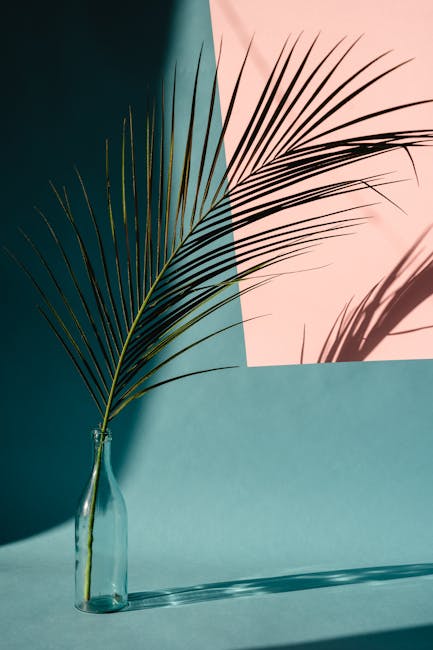Indoor Plants That Complement the Clean Lines and Neutral Tones of Minimalist Design
Introduction
Minimalist design, with its focus on clean lines, neutral palettes, and uncluttered spaces, promotes tranquility and a sense of calm. Introducing indoor plants can soften the starkness and add a touch of nature, enhancing the overall aesthetic. But not just any plant will do. The key is to choose varieties that complement, rather than compete with, the minimalist aesthetic.
Plants for a Minimalist Space
Structural Elegance: Plants with Strong Forms
Plants with bold, architectural shapes bring visual interest without disrupting the clean lines. These plants often feature striking foliage or unique growth patterns.
- Snake Plant (Sansevieria trifasciata): Known for its upright, sword-like leaves, the Snake Plant comes in various colors and patterns. It’s incredibly low-maintenance and purifies the air.
- ZZ Plant (Zamioculcas zamiifolia): The ZZ Plant boasts glossy, dark green leaves and thrives on neglect. Its symmetrical growth habit makes it a perfect fit for minimalist spaces.
- Fiddle Leaf Fig (Ficus lyrata): While requiring more care, the Fiddle Leaf Fig’s large, violin-shaped leaves make a statement. Choose a single, well-shaped plant and provide ample light.
- Monstera Deliciosa: This iconic plant offers visual drama with its split leaves. It adds a touch of the tropics while still maintaining a relatively clean silhouette.
Softening the Edges: Plants with Delicate Foliage
These plants offer a subtle contrast to the sharp lines, adding softness and movement.
- Maidenhair Fern (Adiantum): Known for its delicate, fan-shaped fronds, the Maidenhair Fern adds a touch of ethereal beauty. Requires high humidity.
- Air Plants (Tillandsia): These unique plants don’t require soil, making them ideal for minimalist displays. Mount them on geometric shapes or display them in glass containers.
- Pothos (Epipremnum aureum): Trailing vines of pothos can add a touch of organic movement. Choose varieties like ‘Marble Queen’ with subtle variegation.
Adding Height and Structure: Tall and Upright Plants
These plants draw the eye upward, creating a sense of spaciousness and verticality.
- Dracaena Marginata: Its slender trunk and spiky leaves add height without overwhelming the space. It’s also relatively low-maintenance.
- Kentia Palm (Howea forsteriana): The Kentia Palm adds a touch of elegance and sophistication. Its graceful fronds provide a soft contrast to the clean lines.
- Cactus (Various species): Choose columnar cacti for a strong vertical element. Opt for simple, unadorned pots to maintain the minimalist aesthetic.
Choosing the Right Pot: Simple and Understated
The pot is just as important as the plant itself. Opt for simple, unadorned pots in neutral colors like white, gray, black, or terracotta. Avoid overly ornate or decorative pots that will detract from the minimalist aesthetic.
- Terracotta pots: Their natural, earthy tone complements the minimalist palette.
- Concrete pots: Offer a modern, industrial feel.
- Ceramic pots: Choose matte finishes over glossy ones.
- Woven baskets (with plastic liners): Add texture and warmth while maintaining a clean look.
Conclusion
Incorporating indoor plants into a minimalist space can bring life, texture, and a sense of well-being. By selecting plants with strong forms, delicate foliage, or vertical appeal, and pairing them with simple, understated pots, you can create a harmonious and inviting environment that embodies the principles of minimalist design. Remember to consider the plant’s needs, such as light and watering, to ensure it thrives in its new home. A well-chosen plant can transform a minimalist space from stark to serene.




Post Comment